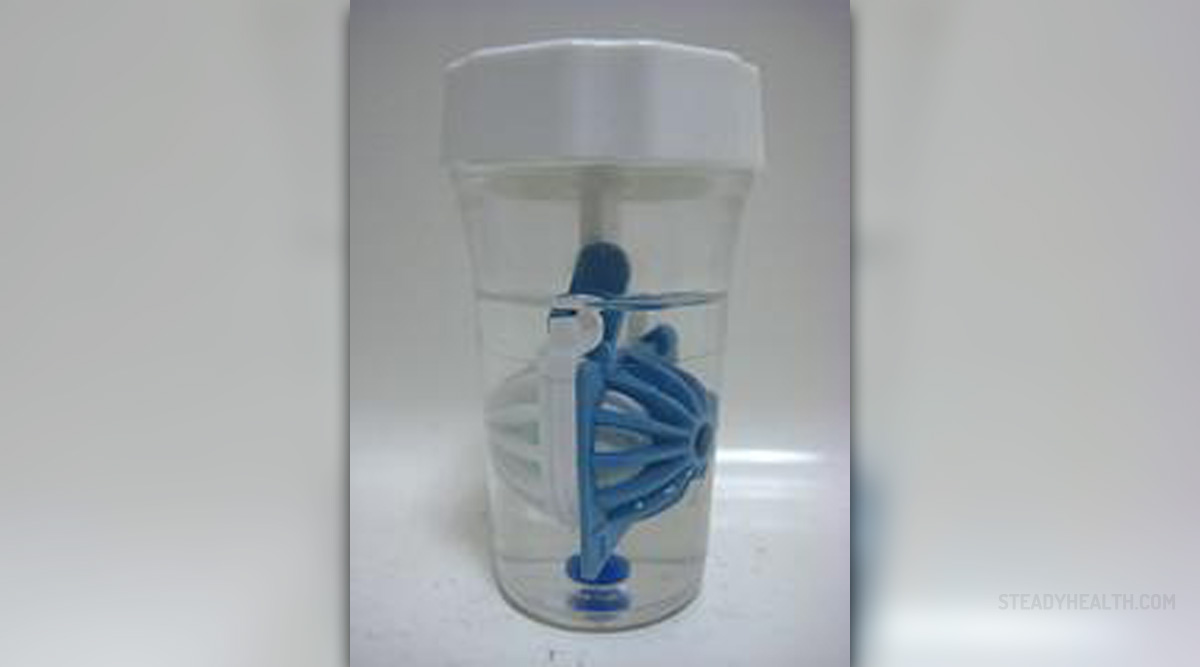
Bifocal contact lenses are designed to correct vision of people affected by the condition known as presbyopia. Presbyopia is an age related vision disorder marked by stiffening of the eye’s lens which leads to difficulty in focusing on close objects. This condition typically affects people aged over 40 years and is one of the common signs of aging.
What are Bifocal Contact Lenses?
Bifocal contact lenses are a type of multi-focal contact lenses. They include two focal points which provide distance and close-up vision correction thus allowing a person to see both close and distant objects. The two focal points or optical powers are on each lens and serve for near and remote objects. These optical powers can be differently positioned on the lens.
Types of Bifocal Contact Lenses
Bifocal contact lenses can be divided into different types depending on how the two focal points are arranged on the lens. The two main types of bifocal contact lenses are translating or alternating vision bifocal contact lenses and simultaneous vision contact lenses.
Translating or alternating vision bifocal contact lenses work similar to bifocal eyeglasses. These lenses have optical power for distance correction on the upper portion of the lens and focal point for near on the bottom portion of the lens. This allows a user to see nearby objects when looking downward and faraway objects when looking forward. This is enabled by the use of gas permeable (GP) lenses that stay in place even when the eye moves.
Simultaneous vision contact lenses have one or more optical powers arranged in the form of concentric rings. These lenses can be made of either soft or hard material. Soft bifocal lenses with simultaneous vision usually have the near power in the center and the distance power around it. Gas permeable bifocals usually have the distance power in the middle and near power around it.
Rigid gas permeable or GP bifocal lenses are the type of lenses that remain stationary even when the eyes move. These lenses transmit oxygen to the eye and are comfortable to use. Also, they last longer than soft lenses. However, GP lenses require adaptation period before becoming comfortable for use and must be worn everyday.
Soft lenses are the most commonly used type of lenses and are the easiest for the eye to adjust to. They are often used for cosmetic purposes. Soft lenses can be disposed off after a short period of use.
Silicone hydrogel lenses are the latest development in contact lenses. They are made of soft material and are highly gas permeable.



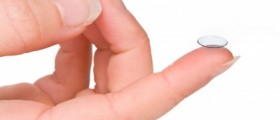

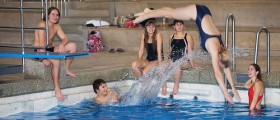




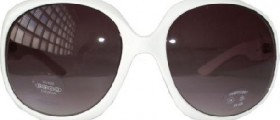
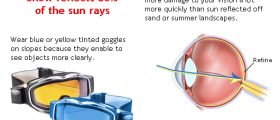
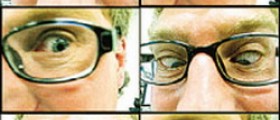
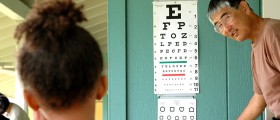
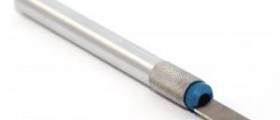
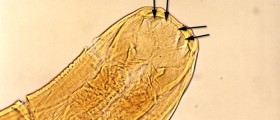
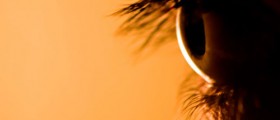
Your thoughts on this
Loading...